Trim the Muda - Lean Manufacturing ( Part IV: Processing )
INTRODUCTION: This is part IV of our XIII part series on removing the muda out of your manufacturing. Our most recent post in this series...
3 min read
 Chadwick Heard
:
Mar 18, 2016 11:00:00 AM
Chadwick Heard
:
Mar 18, 2016 11:00:00 AM
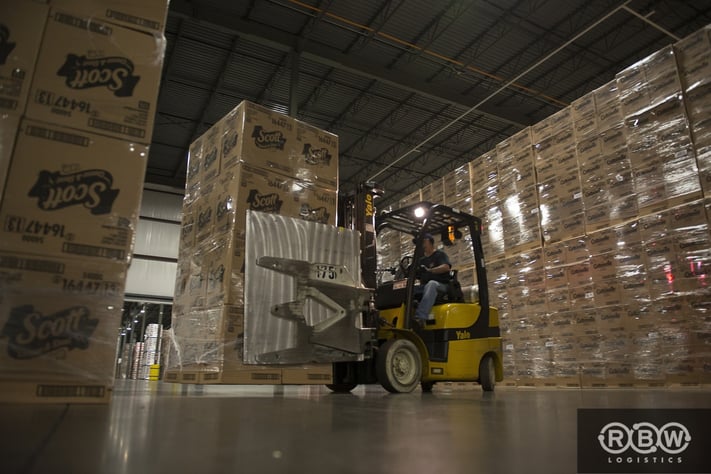
INTRODUCTION
We continue our VIII part series on " Trim The Muda" in manufacturing. Our last post was about the muda found in Transportation. Part III is Overproduction. Many logistics professionals consider it the worst of all the areas. The reason being that it has the ability to impact many other areas of waste.
Riddle: I stay in front but not too far. You have found your way when I am beneath.
What am I ?
It's simple. It is the production of more than is needed. You produce a product before it is actually needed. In theory, this may sound good. When we begin to dig deeper, it become apparent that it is a bad thing. " Just in Case" production instead of "Just In Time" production, pioneered by Taiichi Ohno and Wijii Toyoda, is a fallacy. This becomes costly for a manufacturer because it does not promote a smooth flow of materials.
There are many costs / consequences associated with overproduction. Some of the costs and consequences are apparent while others not so obvious. It becomes a ripple effect. The biggest consequence of " Just in Case" production is it ties up your resources.
Here is a list of resources that it can tie up:
Cash is needed to run your business. Cash flow is important! It allows you to purchase more supplies, needed equipment, etc.
What about the cost associated with overproduction ? There are many.
Here's A Scenario.
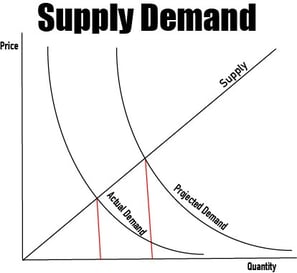 A manufacturer produces "x" based upon previous consumer demands. What happens when "x" is produced and consumer demands is not there? What do you do with product? You store it. Where do you store it ? How do you transport it to this facility? Who is going to transport it ? Eventually space in your facilities will become scarce. This requires you to find an overflow storage option. All of these actions have costs associated with them. The vast majority of these costs can be eliminated if the "Just in Time" philosophy is implemented not the "Just in Case" philosophy.
A manufacturer produces "x" based upon previous consumer demands. What happens when "x" is produced and consumer demands is not there? What do you do with product? You store it. Where do you store it ? How do you transport it to this facility? Who is going to transport it ? Eventually space in your facilities will become scarce. This requires you to find an overflow storage option. All of these actions have costs associated with them. The vast majority of these costs can be eliminated if the "Just in Time" philosophy is implemented not the "Just in Case" philosophy.
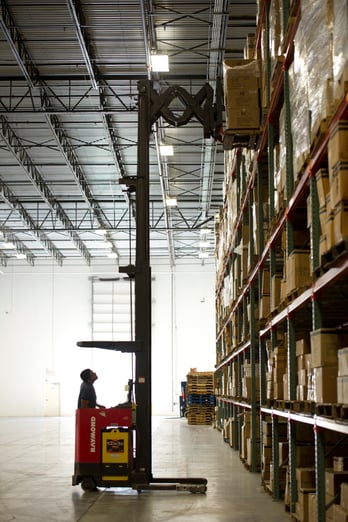
If we know this, why do manufactures still overproduce?
The Toyota Production System has been around for over 30 years.
Here are the common answers:
A scenario that may sound eerily familiar.
There's an hour left in the shift, all orders are filled and the production line is standing around. The supervisor decides that they should build something in order to keep the line from shutting down. They build an hour's worth of product in a specific color, let's say black. The next shift comes in and they prepare to start the build for the customer order of red parts that just came in. The red parts use a common component with the black parts. The other shift consumed the components in parts that weren't required (the black parts). Now the line is down. Now parts are getting expedited and the company is paying premium freight.
- http://www.lean-manufacturing-junction.com/waste-of-overproduction.html
Here is where RBW comes into the equation for efficiency.
RBW has pioneered our Supplier Pull Service with this in mind. The process is rooted within in the "Just in Time" philosophy and not the "Just in Case" philosophy. We monitor the productional flow of a manufacturer and communicate to the supplier what is the correct quantity of inventory to keep in stock that will keep the production lines running smoothly without risking overproduction. The service provides inventory visibility to both the supplier and manufacturer. This improves the working relationships and trust between both parties. The supplier is happy because their production becomes level and the manufacturer is happy because the lines are running with limited waste.
It is the process of value streaming, process mapping, work flow analysis that allows for a lean production line.
Overproduction is a serious problem that many manufacturers face. This area of waste is know as" The Worst of The Seven Deadly Areas of Waste" in manufacturing. The reason being is that this areas has an ripple effect that touches many other areas. Some of these costs are immediate while others add up over time. Don't fall victim to complacently.
Take your operations to the upper echelon of production.
Answer: I'm a track. Stay on track with your production. Producing more product than is need is an easy trap to fall into.
The devil is found within the details
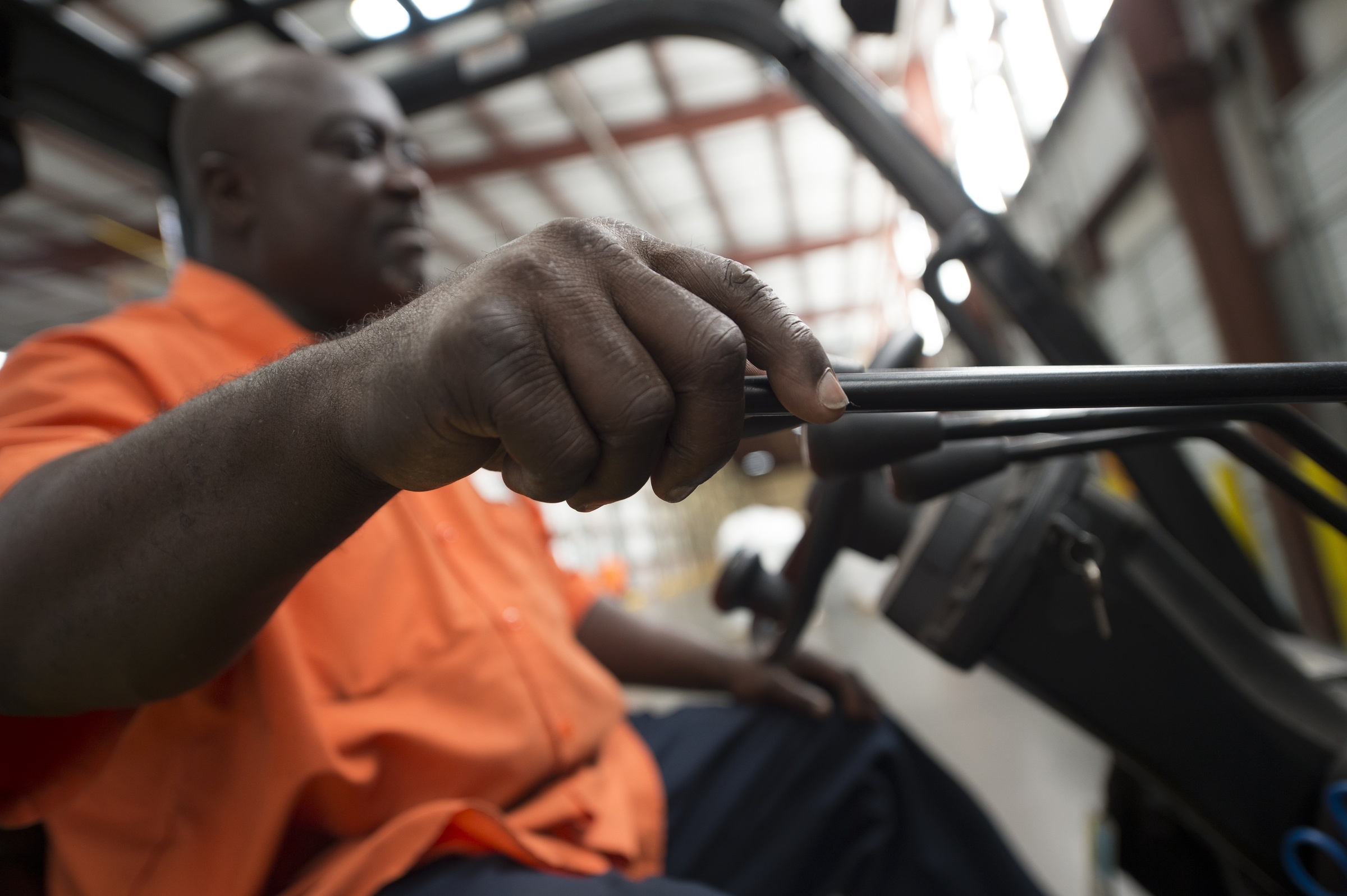
INTRODUCTION: This is part IV of our XIII part series on removing the muda out of your manufacturing. Our most recent post in this series...
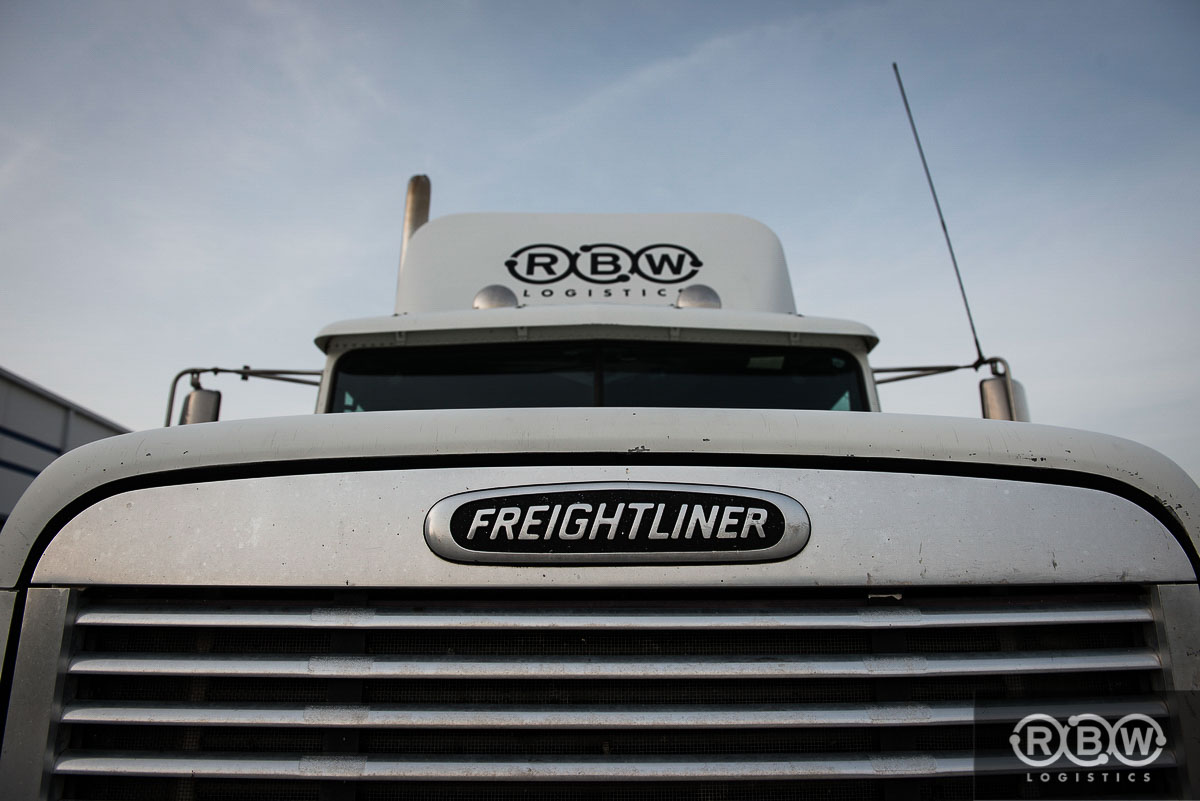
The 2nd installment of this 8-part series on reducing the waste in manufacturing is Transportation. Transportation is considered by many as the...
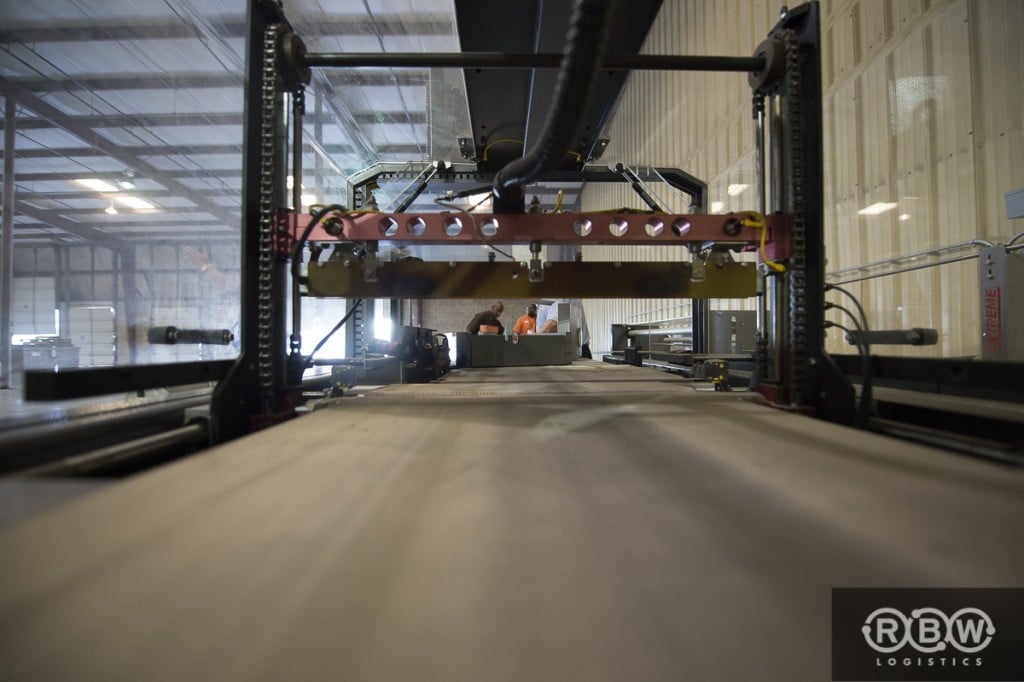
Lean Manufacturing is a simple concept. The objective is to remove as many inefficiencies ( waste ) as possible from your operations. The...